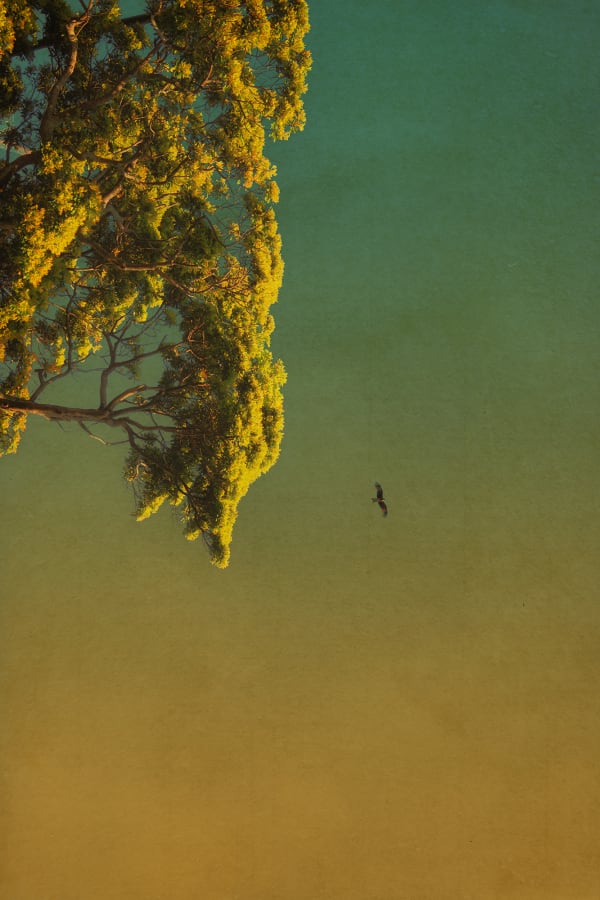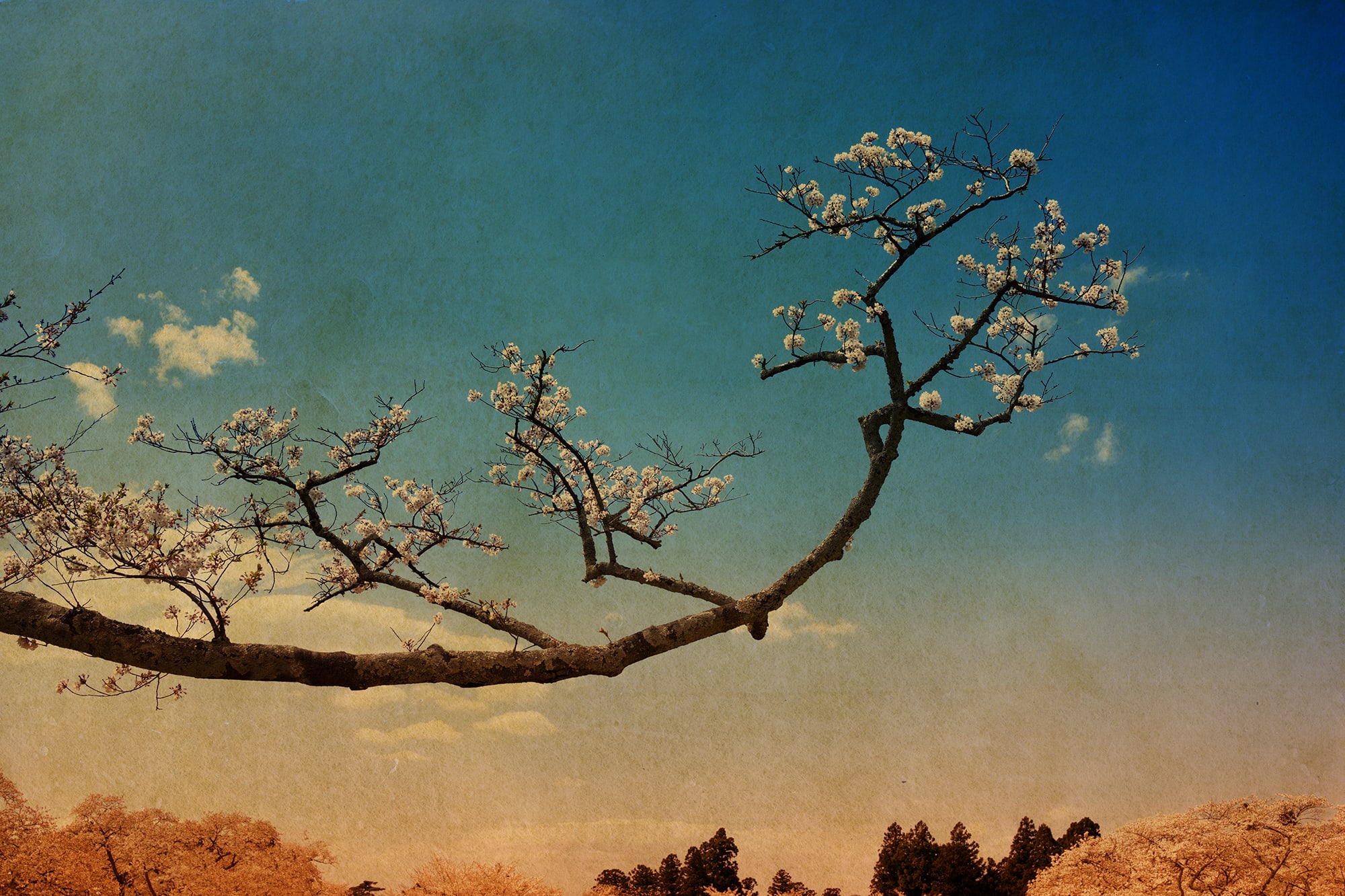“We are particularly interested in memories. Our aim is to play with viewers’ memories and to construct a representation inside their minds. We never know what the final result will be" - Albarrán Cabrera
Photographers Anna Cabrera (b. 1969, Sevilla) and Angel Albarrán (b. 1969, Barcelona) formed their creative partnership in 1996. This fruitful and enduring collaboration is founded on a shared fascination with photography, and the diverse range of processes, materials and effects which this subject encompasses.
-
Albarrán Cabrera share an ethos with photography pioneers of the 19th century, for whom innovating the means of production for each print was not born of choice but out of necessity. Early photographers had to source or construct their papers and chemicals, before experimenting to find out what exposure times and quantities worked best to create the print as they had conceived it.
-
PROCESS & TECHNIQUE
-

Self-portrait © Albarrán Cabrera
-
Albarrán Cabrera retain an alchemical curiosity about photography, and see each work as an opportunity to further explore this diverse and intriguing medium. Over the last two decades, their practise has grown to incorporate methods as varied as platinum, palladium, and gelatin silver printing, as well as toning with selenium, sepia and tea.
-
 Albarrán CabreraThe Mouth of Krishna, #124, 2013Printed 2021
Albarrán CabreraThe Mouth of Krishna, #124, 2013Printed 2021
Pigments, Japanese paper
and gold leaf, framed in a dark wood frame with low-reflect glass17.7 x 25.9 cmsEdition 13/20Signed and editioned on the verso -
Whether working with cyanotype papers or applying mica minerals to the surface of prints, the technical virtuosity of their images is animated by a powerfully imaginative attitude towards print-making. The contrast between this approach and today’s ubiquitous digital printing is dramatic; Each Albarrán Cabrera work carries a subtly unique patina, which heightens their interest and individual appeal.
-
The works in our display have been created using a proprietary technique established over the course of their career which spans more than two decades. Each pigment is first separated by colour, and then sequentially printed in layers. The layers must dry completely to prevent the delicate gampi paper from becoming satiated, allowing the colours to retain their intensity and richness.
Once the image has been transferred, the diaphanous Japanese gampi paper is applied to wafer thin sheets of 23 carat gold leaf which has been mounted with archival glue onto a cotton substrate. The result is a work of engineered fragility in which each decorative element is held in sensitive equilibrium.
-
 Albarrán CabreraThis is you Here, #113Printed 2021
Albarrán CabreraThis is you Here, #113Printed 2021
Pigments, Japanese paper
and gold leaf, framed in a dark wood frame with low-reflect glass15.5 x 23.5 cmsEdition 16/20Signed and editioned on the verso -
The gold appliqué lends a radiance and lustre to these prints, which echo traditional Japanese silk painting in their subtle gradations of colour as well as their subject matter. Albarrán Cabrera have spoken about the influence of Japanese aesthetics on their photography, in which strong colours and graphic elements are balanced with a sophisticated sense of balance and restraint.
-
JAPAN
-
Albarrán Cabrera first travelled to Japan ten years ago and they have returned every year since. They were drawn to Japan’s rich aesthetic lexicon, where they were inspired by new conceptions of beauty like yūgen, a profound and mysterious sensibility laced with sadness that is ultimately rooted in the transience of human existence.
-
“Our aim is to play with viewers’ memories and to construct a representation inside their minds. We never know what the final result will be, because individuals have their own exclusive memories and have grown up in different cultures and environments. Our images are the bare bones of this mental construction. There is a gap between reality and what we understand as real. And photography (as Japanese dramatist Chikamatsu once said about art) lies on the frontier between the real and the unreal, the true and the false. Photography helps us to ‘see’ what is hidden from us.” - Albarrán Cabrera
-
 Albarrán CabreraThe Mouth of Krishna, #748, 2018Printed 2021
Albarrán CabreraThe Mouth of Krishna, #748, 2018Printed 2021
Pigments, Japanese paper
and gold leaf, framed in a dark wood frame with low-reflect glass16.8 x 25.3 cmsEdition 6/20Signed and editioned on the verso -
Albarrán Cabrera's work is held in the permanent collections of international institutions including Hermès, Goetz Collection, Banco de Santander and Fundación de Ferrocarriles Españoles. They have also created work for Reina Sofia Museum, Fundació La Pedrera, Fundació Toni Catany, and Barcelona Photographic Archive.
-
SELECTION OF AVAILABLE WORKS
-
























